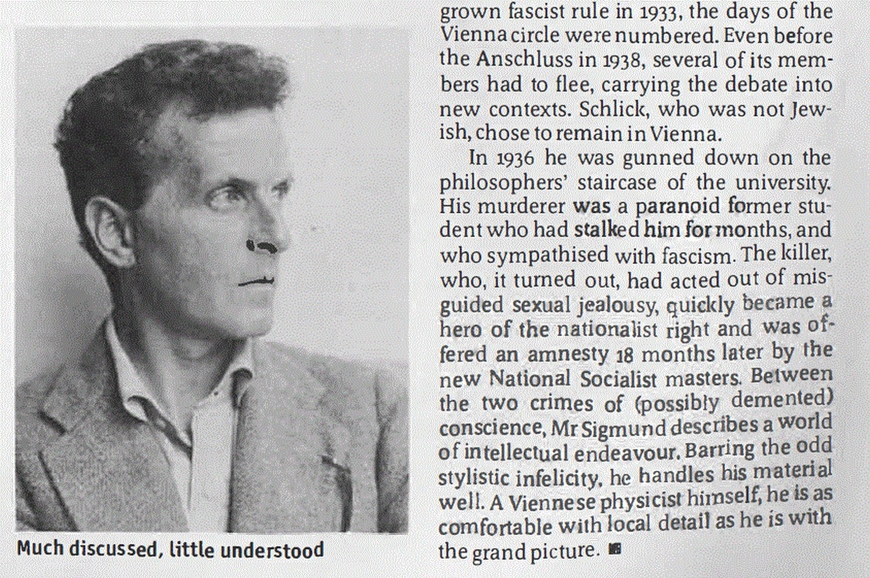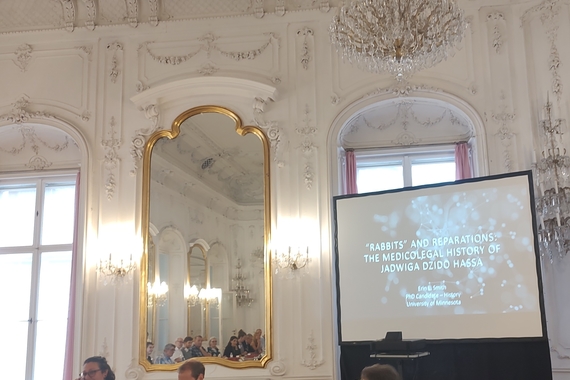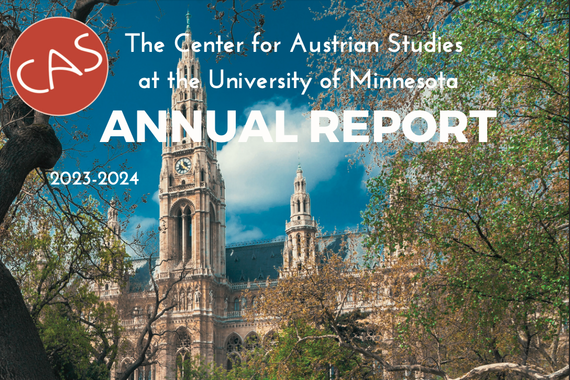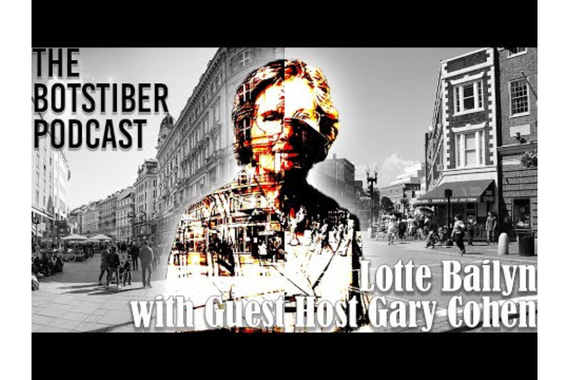The Vienna Circle -- Their significance and impact for today
The Economist (January 13th 2018)
Talking heads
Exact Thinking in Demented Times: The Vienna Circle and the Epic Quest for the Foundation of Science. By Karl Sigmund. Basic Books; 449 pages; $32 and £25
ON OCTOBER 21St 1916 Friedrich Adler, a theoretical physicist turned socialist politician; went to a famous restaurant in Vienna and ate a three-course lunch. Having lingered over coffee, he went up to Karl von Stürgkh, the imperial prime minister, who was sitting at a nearby table, and shot him several times with a pistol, killing him. Adler, the son of the legendary founder of Austro-Hungarian social democracy, calmly waited to be arrested. Something had to be done to change the general way of thinking, he claimed, and be had done it. At first condemned to death, he was pardoned two years later.
When the Nazis came to power in Austria, Adler, by then the secretary of the Socialist Workers' International, held urgent meetings with other socialist politicians to work out a common strategy. During one of these meetings, an emotional Adler rambled on, seemingly unable to come to the point. "He shoots better than he talks," one French delegate remarked drily. "Exact Thinking in Demented Times", Karl Sigmund's fond and knowledgeable exploration of the ideas and members of the legendary Vienna circle between the two world wars, contains stark warnings not only about demented times, but also about the possible costs of exact thinking.
The Vienna circle was made up mainly of physicists, mathematicians and philosophers, whose fortnightly meetings were dedicated to investigating problems of logic, science, language and mathematics. Led by Moritz Schlick, a philosopher, the discussions attracted some brilliant intellectuals, including Kurt Gödel, a mathematician; Otto Neurath, an economist; three philosophers - Rudolf Carnap, Sir Karl Popper and Ludwig von Wittgenstein (pictured, whose work became the main focus of the discussions for a while) - as well as Albert Einstein and Bertrand Russell. Debates about the possibility of a unified science, the dangerous vagaries of everyday language or the structures of mathematics and logic raged on for more than two decades.
These arguments, which seemed so abstract, produced insights of vital importance for computing, astrophysics and cosmology, not to mention theory of science and philosophy. Mr. Sigmund devotes a considerable part of the book to explaining some of these concepts. Readers unable to grasp them immediately are in good company. "Most scholars agree", he writes, "that neither Wittgenstein nor Russell ever really understood Gödel's ideas." These rigorous discussions were at the outer edges of what could then be thought and calculated.
This clever circle was marked by eccentricities, disagreements and rivalries, and other more serious problems. Two of its members committed suicide. Gödel, who was paranoid about being poisoned, eventually starved himself to death after he left for America. In the end, the demented times prevailed over exact thinking, and Mr. Sigmund's colourful panorama is neatly bookended by another murder, mirroring Adler's act. When Austria fell under homegrown fascist rule in 1933, the days of the Vienna circle were numbered. Even before the Anschluss in 1938, several of its members had to flee, carrying the debate into new contexts. Schlick, who was not Jewish, chose to remain in Vienna.
In 1936 he was gunned down on the philosophers' staircase of the university. His murderer was a paranoid former student who had stalked him for months, and who sympathised with fascism. The killer, who, it turned out, had acted out of misguided sexual jealousy, quickly became a hero of the nationalist right and was offered an amnesty 18 months later by the new National Socialist masters. Between the two crimes of (possibly demented) conscience, Mr. Sigmund describes a world of intellectual endeavour. Barring the odd stylistic infelicity, he handles his material weII. A Viennese physicist himself he is a comfortable with local detail as he is with the grand picture.



